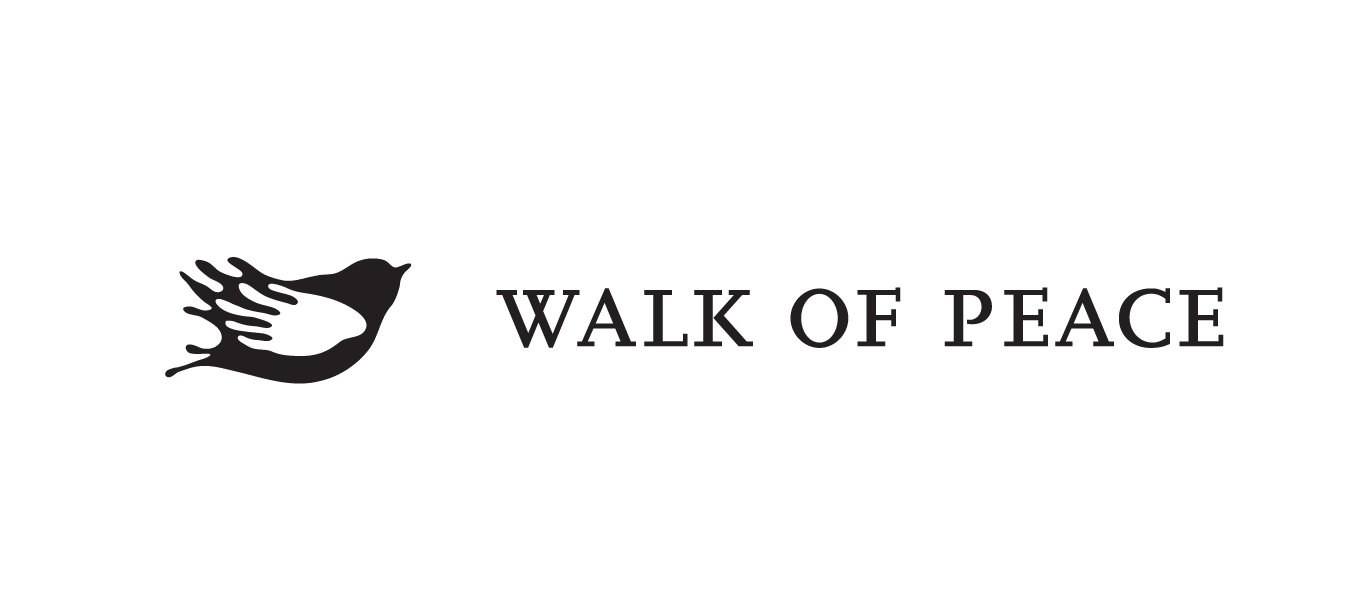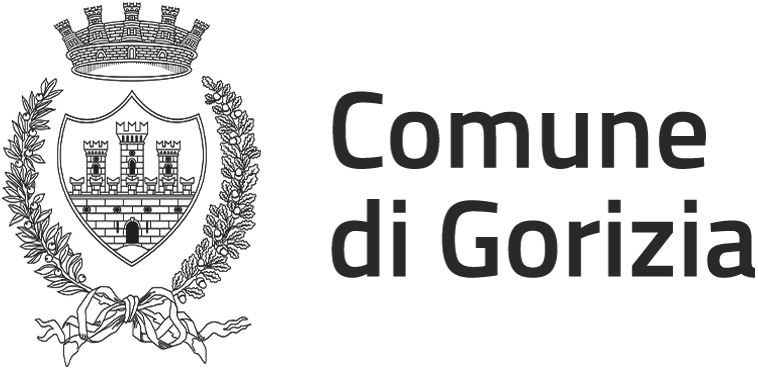Where:
Ravni laz
5230 Bovec
info@thewalkofpeace.com
+386 5 389 0167
Outdoor Museum Ravelnik

Several remains can be seen on this small part of the Austro-Hungarian first line of defence, like: trenches, connection tunnels, caves, pillboxes, renovated barracks and an observation post.
A well-kept circular path runs along the onetime Austro-Hungarian first line of defence. In addition to trenches and connection tunnels, there are also caves, pillboxes, machine-gun emplacements and cabins. A lot of remains survive in a relatively small area. The Austro-Hungarian line of defence in the Bovec area ran from Mt. Rombon, sloped down to the Bovec basin, crossed it, and on the left bank of the Soča rose across Mt. Humčič to Mt. Javoršček. After the Italian advance and occupation of Bovec in August 1915, the Austro-Hungarian Army further reinforced its first line of defence at the eastern rim of the Bovec basin, that is, across the hills of Ravelnik (519 m) and Stržišče (486 m). The two elevations form a natural blockade which served the Austro-Hungarian soldiers to turn it by means of fortified positions, caves and trenches into the pillar of their defence. The two elevations also hide and protect the road fork where roads to the valleys of the Koritnica and the Soča start. The task of the Italian Army was more difficult, since their positions had to be set up in the open plain. It occupied the abandoned Bovec and the Bovec plain towards Čezsoča. Despite their violent encounters that claimed numerous casualties the Italian troops were not successful in the Bovec basin. In this section of the front the positions of either belligerent side stabilized and did not change significantly in the following two years, all until the Austro-Hungarian-German breakthrough in October 1917. By launching gas attack on that crucial day, 24 October 1917, the German Engineer Battalion enabled the Austro-Hungarian infantry to break through the Italian first line of defence.
Discover more



